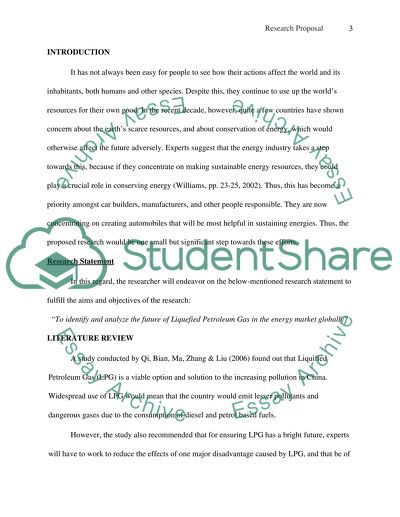Cite this document
(“The future of Liquefied Petroleum Gas (LPG) Dissertation”, n.d.)
Retrieved from https://studentshare.org/other/1425469-the-future-of-liquefied-petroleum-gas-lpg
Retrieved from https://studentshare.org/other/1425469-the-future-of-liquefied-petroleum-gas-lpg
(The Future of Liquefied Petroleum Gas (LPG) Dissertation)
https://studentshare.org/other/1425469-the-future-of-liquefied-petroleum-gas-lpg.
https://studentshare.org/other/1425469-the-future-of-liquefied-petroleum-gas-lpg.
“The Future of Liquefied Petroleum Gas (LPG) Dissertation”, n.d. https://studentshare.org/other/1425469-the-future-of-liquefied-petroleum-gas-lpg.


